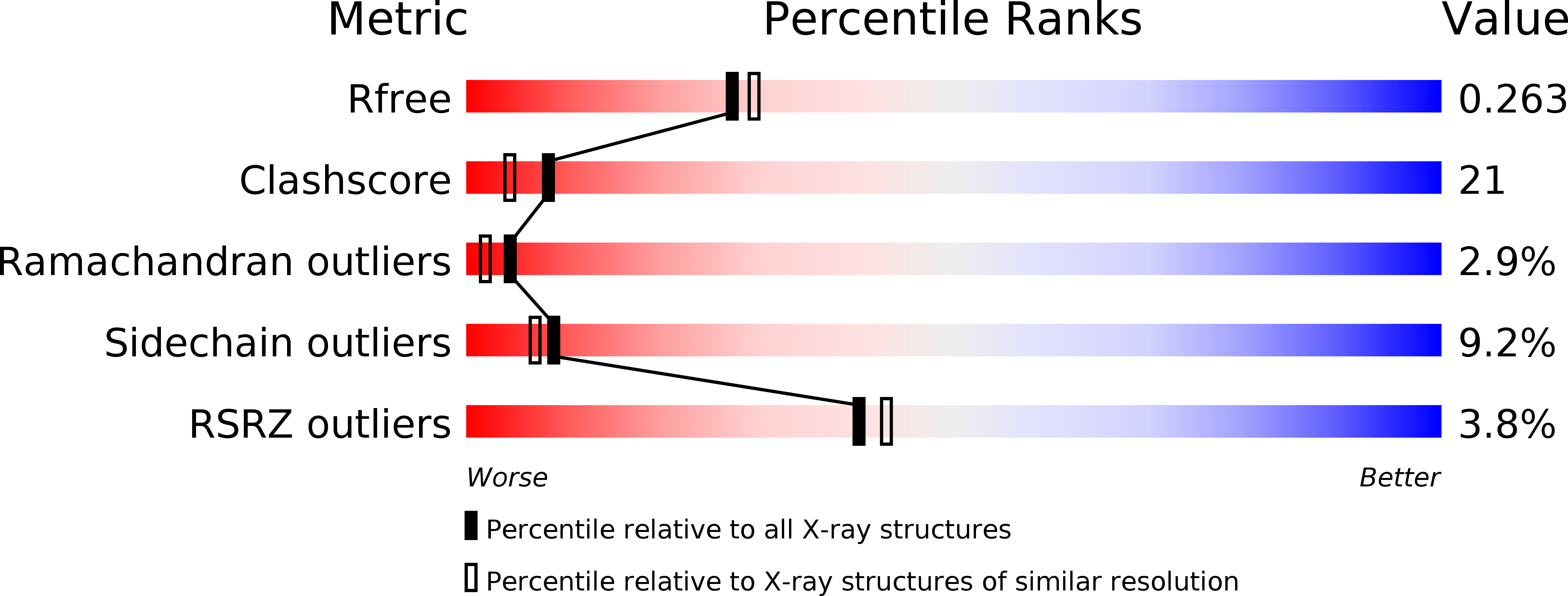
Deposition Date
2011-09-28
Release Date
2012-03-14
Last Version Date
2023-09-13
Entry Detail
PDB ID:
3U0O
Keywords:
Title:
The crystal structure of selenophosphate synthetase from E. coli
Biological Source:
Source Organism:
Escherichia coli (Taxon ID: 83333)
Host Organism:
Method Details:
Experimental Method:
Resolution:
2.25 Å
R-Value Free:
0.26
R-Value Work:
0.22
R-Value Observed:
0.22
Space Group:
P 32 2 1


